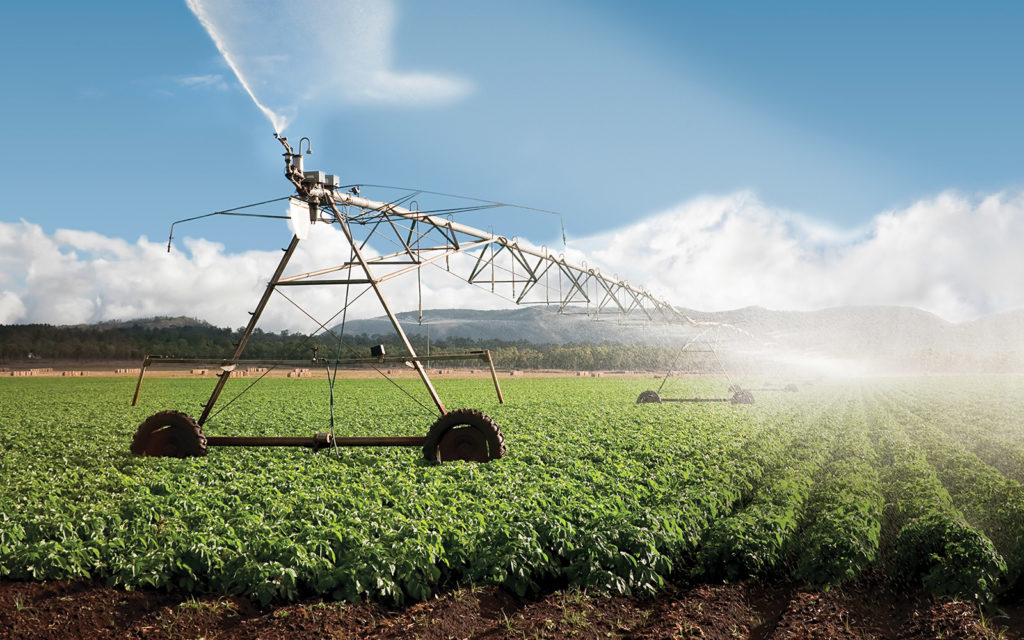Land reclamation in the complex of agrotechnical cultivation has always occupied a key place in importance. In recent years, natural disasters with record droughts have increased the relevance of applying hydrological improvements to the soil cover. But irrigated lands do not always gain the necessary agricultural qualities after stabilization of the humidity coefficient, requiring additional measures of cultivation.
What is irrigation?
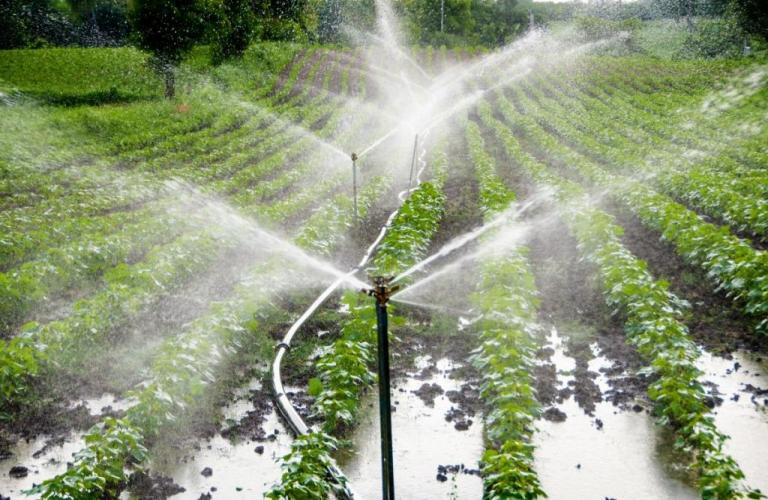
This is one of the methods of irrigation and drainage, the purpose of which is to increase soil productivity by improving the water regime in the soil. Moreover, irrigation itself is not at all homogeneous in terms of technological implementation. Much of the choice of irrigation and drainage techniques depends on the conditions of its application, requirements for regulating the water balance and means of delivery of the liquid resource. Often irrigated lands also experience problems of a different nature - for example, it may be a violation of the structure, weathering or erosion. Accordingly, comprehensive agroforestry justifies itself, the list of measures of which also includes means of protection from dry winds. Water balance may be disturbed for other reasons not related to natural hydrological regulation in a particular region. This is especially common on saline and acid soils when desalination of the fertile layer occurs. In such cases, drainage reclamation is applied, consisting in the removal of harmful salts from the earth.
Irrigation system components
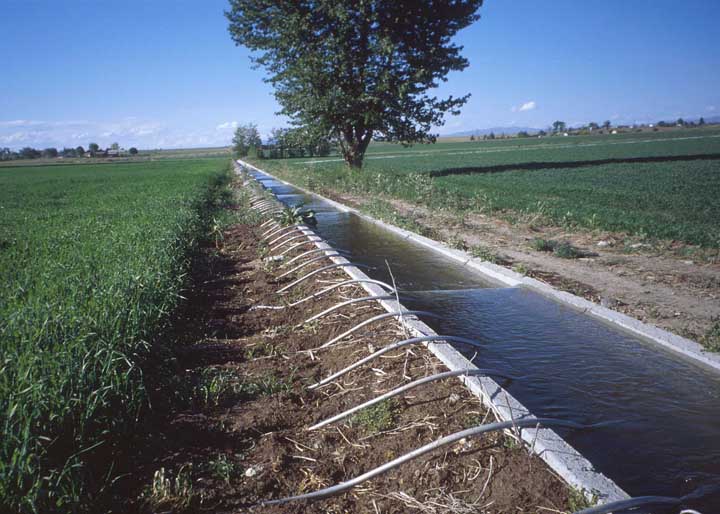
A full-fledged irrigation complex includes several functional elements, including the following:
- Water source. This can be either natural natural (river, lake, pond), or man-made artificial (reservoir, well) objects that provide sufficient water for irrigation.
- Water intake design. Responsible for the regulation of water intake from the source to the delivery system.
- Plumbing communications. Mostly pipelines with channels, valves, drains and trays. Deliver water to irrigated land from the place of the fence.
- Watering infrastructure. It can be implemented in different ways by irrigation and irrigation equipment with pumps, sprinklers, machines and control automation.
- Water catchment and drainage network. Communications ensuring the collection and removal of effluents from the site. The drainage infrastructure is responsible for regulating the liquid-salt balance directly in the soil.
Irrigation methods
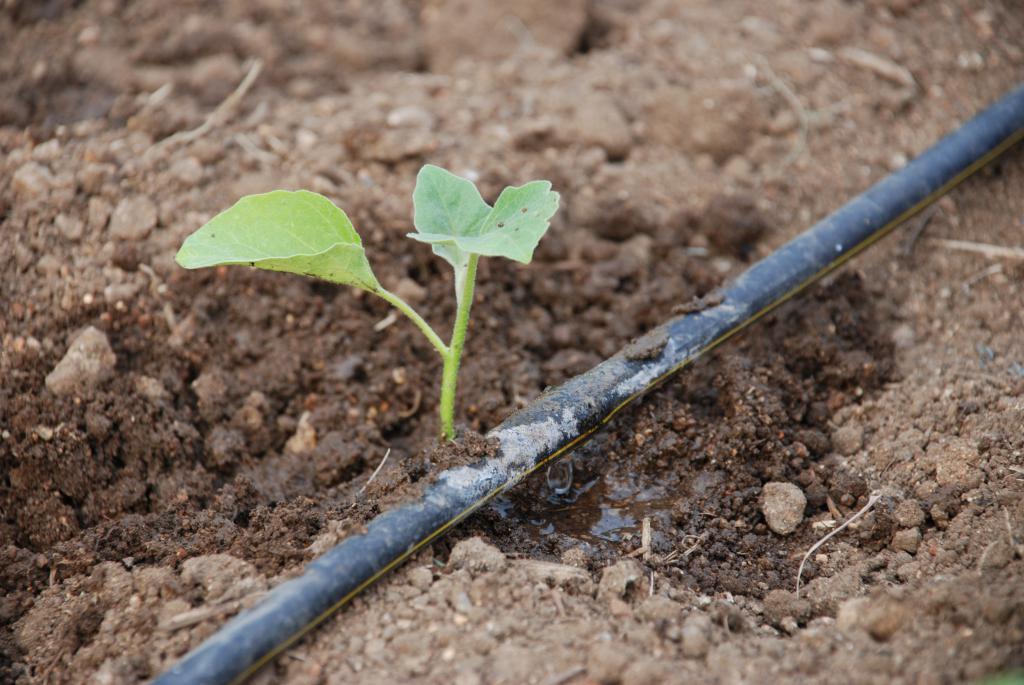
Among the most common ways to implement irrigation are the following:
- Aerosol. The method in which irrigation is carried out in small drops, which allow you to adjust the humidity and temperature conditions of the surface atmospheric layer.
- Watering the furrows. A direct stream is directed by the pump from the water delivery channel.
- Sprinkling. Non-self-propelled and self-propelled technical means of irrigation of the frontal or circular type are used.
- Spatter. Watering is carried out through a network of perforated pipes located throughout the target area. Small streams are ejected under pressure at a certain frequency.
- Estuary irrigation system. It is usually carried out in the spring and is a one-time, but plentiful moistening of the soil with local waters.
- Intrasoil irrigation. For this method, underground channels are preformed to the level of the root zone. Water is delivered directly to it.
Irrigation area in Russia
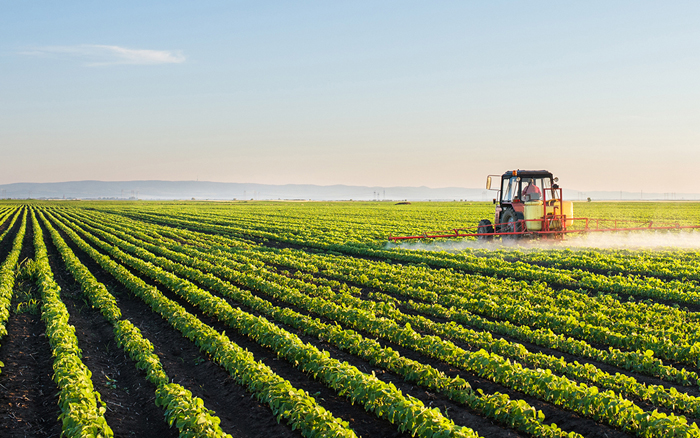
In 2010, a land reclamation development program was adopted for 10 years.In accordance with its directions, a comprehensive modernization of irrigation systems in two stages is being implemented. The first is the technical re-equipment and reconstruction of the existing arsenal, and the second will be the introduction of new innovative technologies. To date, the implementation of the program has increased the area of irrigated land in Russia by 50 thousand hectares. The expansion concerns mainly the Volgograd region, but it is also planned to develop a land reclamation complex in the Krasnodar Territory, Tikhov economy, the Kargaly hydroelectric complex, etc. Moreover, irrigated territories from the total fund of reclamation lands occupy only 8%. While the lack of rainfall is observed in 80% of the agricultural land allotted for arable land. In general, at the moment in Russia about 4.5 million hectares of land are irrigated.
Irrigated land in the world
Traditionally, by a large margin, the leading positions in this characteristic are occupied by the countries of the Asian region, in particular, India and China. This is due to extremely low rates of natural moisture with a coefficient of up to 0.33, as well as an evaporation deficit in excess of 5000 m3 on 1 ha. As a result, India occupies the first place in the area of irrigated land (560 thousand km2), and the second - China (545 thousand km2) The USA took the third position (220 thousand km2), where agriculture is also common, but the climate does not allow to completely abandon hydrological land reclamation. The top ten countries with the largest irrigated areas are closed by Thailand, Indonesia and Bangladesh, where about 45-50 thousand km are exposed to humidification2 lands.

Irrigated Soil Processing
Irrigation alone is not enough to achieve optimal agrotechnical indicators of the land. Therefore, in the same complex with irrigation and drainage, slitting and cultivation by undercutting can be performed. These operations are also needed to increase the water permeability of the soil. On heavy soil cover, chiseling is also appropriate, that is, loosening the earth to a level of 30-40 cm with partial mixing. In spring, irrigation lands are leveled to effectively distribute moisture. This measure aims to eliminate waterlogging in lower areas. Again, on irrigated arable lands for a more effective absorption of soil by the water, the aisles are treated with greater depth, compared with areas that do not require additional moisture.
As for nutrition, it depends on the crops grown. Universal agents include nitrogen and ash components with mineral additives. They are calculated in accordance with the required yield and indicators of agrochemical cartograms. In Russia, superphosphate is introduced for autumn plowing, and nitrophosk and a herbicide for weed control as part of the sowing.
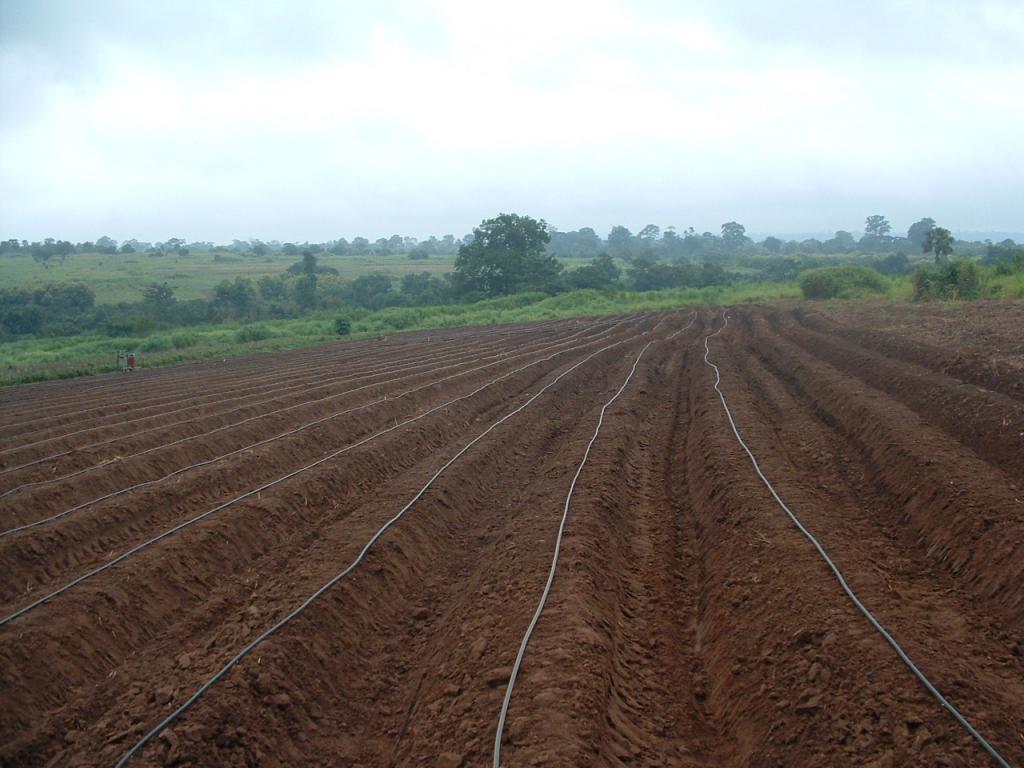
What crops are grown on irrigated soil?
Theoretically, in such territories it is possible to grow grain, fodder and industrial crops. The rest will already depend on other soil properties and the local climate. For example, for Central Asia, Transcaucasia and Kazakhstan, cotton is the most popular. In the Far East, the North Caucasus and the lower Volga, the use of rice on irrigated lands is expanding. Crops of the traditional Russian spectrum, such as beetroot, potato and cereal, are also grown on these soils, but require a deeper approach to fertilizer. Also, valuable industrial crops give a good harvest only if there is sufficient mineral fertilizing with chemicals against diseases, pests and weeds.
Irrigation Use Issues
Despite the obvious agricultural benefits and economic justification for the use of irrigation systems, this method of land reclamation can have negative consequences. For example, ignoring slope leveling measures leads to the development of ravine erosion.On irrigated lands, furrows, drainage channels and indentations with erosion are formed, into which all irrigation water goes. Prevention of such phenomena consists in cultivating plots by loosening, increasing water permeability and sprinkling in different ways. Also, salinity, subsidence, contamination and shallowing of rivers can be added to environmental problems arising from improper irrigation.

Conclusion
Features of the hydro-climatic resources of a particular region to a large extent determine the nature of land ownership. This is most pronounced in Asian countries - the irrigated lands of this region account for 3/4 of the total land of the world subjected to artificial humidification. This, for example, determined the prevalence of crops such as cotton, rice and tea. At the same time, territories with a subtropical climate, which are more favorable from the point of view of water balance, are not spared the need for artificial regulation of soil moisture. Another thing is that in each case, and even within the same region, the tactics of using irrigation systems can be different.
